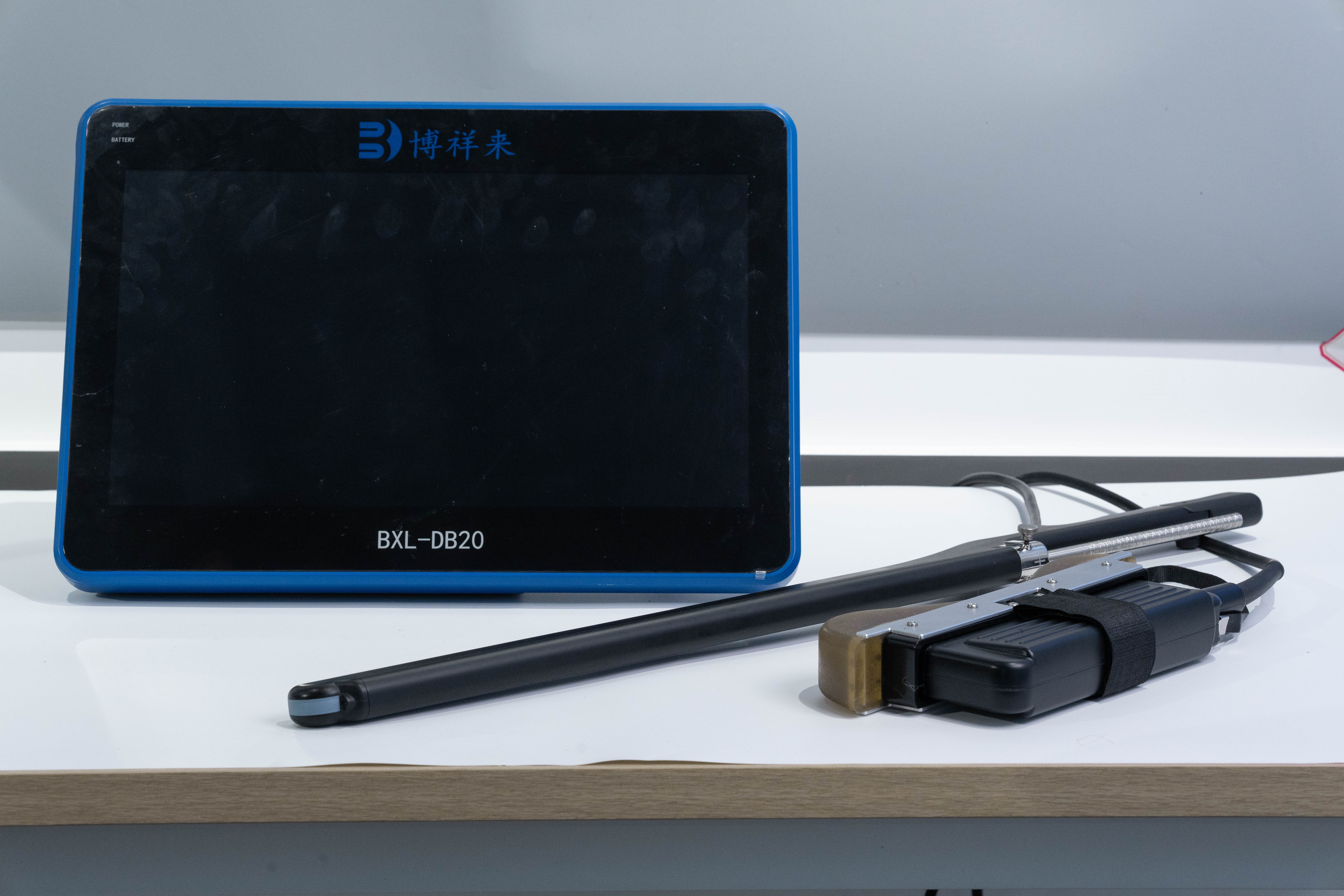The ultrasonic imaging of the veterinary B-ultrasound system transmits ultrasonic signals through the probe piece, and detects ultrasonic echo signals at the same time, and constructs the animal body tissue structure according to the echo signals. The echo signal of the veterinary B-ultrasound transducer needs to be converted to A/D first, and the conversion result is cached by implementing FIFO and dual-port RAM inside the FPGA. The FPGA and DSP are connected through the EMIF interface, and the ping-pong cache is used to achieve high-speed data transmission and module hardware connection. The data acquisition software part is triggered by the FPGA alternately triggering the DSP external interrupts INTO and INTl. According to the different interrupt signals, the DSP alternately reads the data in the A area and the B area of the dual-port RAM.

Imported veterinary B-ultrasound Easi-scan Curve
Veterinary B-ultrasound image optimization processing, the original image obtained by the veterinary B-ultrasound probe for sector scanning is not a regular square, and the original image needs to be digitally scanned and converted before normal display. The system uses the R-Theta algorithm to perform DSC transformation on veterinary B-ultrasound images. The R-Theta algorithm continuously accesses the pixel points in the fan-shaped area point by point, and calculates the value of the point according to the principle of interpolation, which can eliminate the image distortion caused by rounding or truncation. After DSC transformation, the veterinary B-ultrasound images need to be filtered and smoothed for optimization. The peak-valley method in the nonlinear filtering method is used in the system. Its advantage is to filter the impact noise of the image and change the gray value of the image as little as possible, so as to maximize the information characteristics of the source image. The main idea is to replace the peak value of the local pixel with the maximum gray value of the local boundary, and replace the valley value of the local pixel with the minimum gray value of the local boundary. After the peak-valley method filtering, the peaks and valleys of the local pixels of the veterinary B-ultrasound image will become flat, making the image blurred, and grayscale interpolation between the peaks and valleys is required to smooth the image. The system uses cubic spline interpolation to smooth the image.








